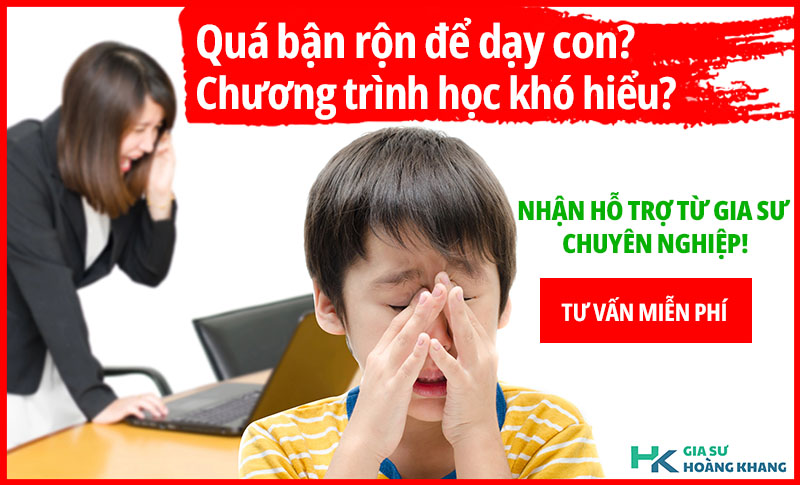Unconscious facial expressions and “body language” often give information to other people. Many people’s “hidden” emotions are actually quite visible to anyone who knows how to read people’s faces. Some reactions are so widespread in all cultures that there seems to be a physical basis for them. All people react in the same way to certain exciting situations by breathing more rapidly and experiencing increased heart rates. Facial expressions of basic emotions, such as anger, surprise, and excitement, appear to be universal.
Other reactions are not so universal. Many, but not all, people respond to an embarrassing situation by blushing (when the face and neck turn bright red). Some people show that they are bored by growing less active
and becoming sleepy or inattentive. Others respond to boring situations by becoming more active and showing such physical signs as jiggling feet or wiggling fingers. But for other people, such reactions may be united signs of nervousness or anxiety, not boredom.
There are not only differences in this “silent language” between different people, but there are also important differences between cultures. Certain kinds of “silent language” give one particular message in one culture, but a conflicting message in another culture. For example, eye contact has very different meanings in different cultures. In American culture, if someone is shifty eyed while talking, it means that he or she is dishonest and cannot be trusted. But in many Asian cultures, avoiding eye contact is a sign of politeness and respect. Mistaken “body language” can often result in even more misunderstanding than using the wrong word or incorrect grammar.
Question 76 : Which of the following is most probable an unconscious facial expression ?
A. Jiggling feet or wiggling fingers B. Waving one’s hand
C. Blushing D. Shouting angrily
Question 77 : It is good manners while talking in America ……………………………
A. not to look directly into the listener’s eyes.
B. to look directly into the listener’s eyes.
C. not to be attentive.
D. to avoid eye contact.
Question 78 : According to the text, people probably react to the same situation ……………………….
A. in the same way
B. in different ways
C. in a universal way
D. either in the same way or in different ways
Question 79 : The word “conflicting” appears in the last paragraph, and “conflict” can also be used as a noun. For example, the two companies are into conflict. It means “the two companies” ………………….
A. deal in different businesses
B. have been similar with each other in many ways
C. have had a serious disagreement about something important
D. do businesses in different ways
Question 80 : What can we learn from the text about “body language” or “silent language” ?
A. It is also very important means of communication.
B. It is even more important than speech or writing.
C. It is quite difficult to understand.
D. It gives different messages in different situations.


Question 76
A. Jiggling feet or wiggling fingers
B. Waving one’s hand
C. Blushing
D. Shouting angrily
Question 77 :
A. not to look directly into the listener’s eyes.
B. to look directly into the listener’s eyes.
C. not to be attentive.
D. to avoid eye contact.
Question 78
A. in the same way
B. in different ways
C. in a universal way
D. either in the same way or in different ways
Question 79
A. deal in different businesses
B. have been similar with each other in many ways
C. have had a serious disagreement about something important
D. do businesses in different ways
Question 80
A. It is also very important means of communication.
B. It is even more important than speech or writing.
C. It is quite difficult to understand.
D. It gives different messages in different situations.
$76$. A, Jiggling feet or wiggling fingers
$77$. B, to look directly into the listener’s eyes.
$78$. A, in the same way
$79$. C, have had a serious disagreement about something important
$80$. D, It gives different messages in different situations.